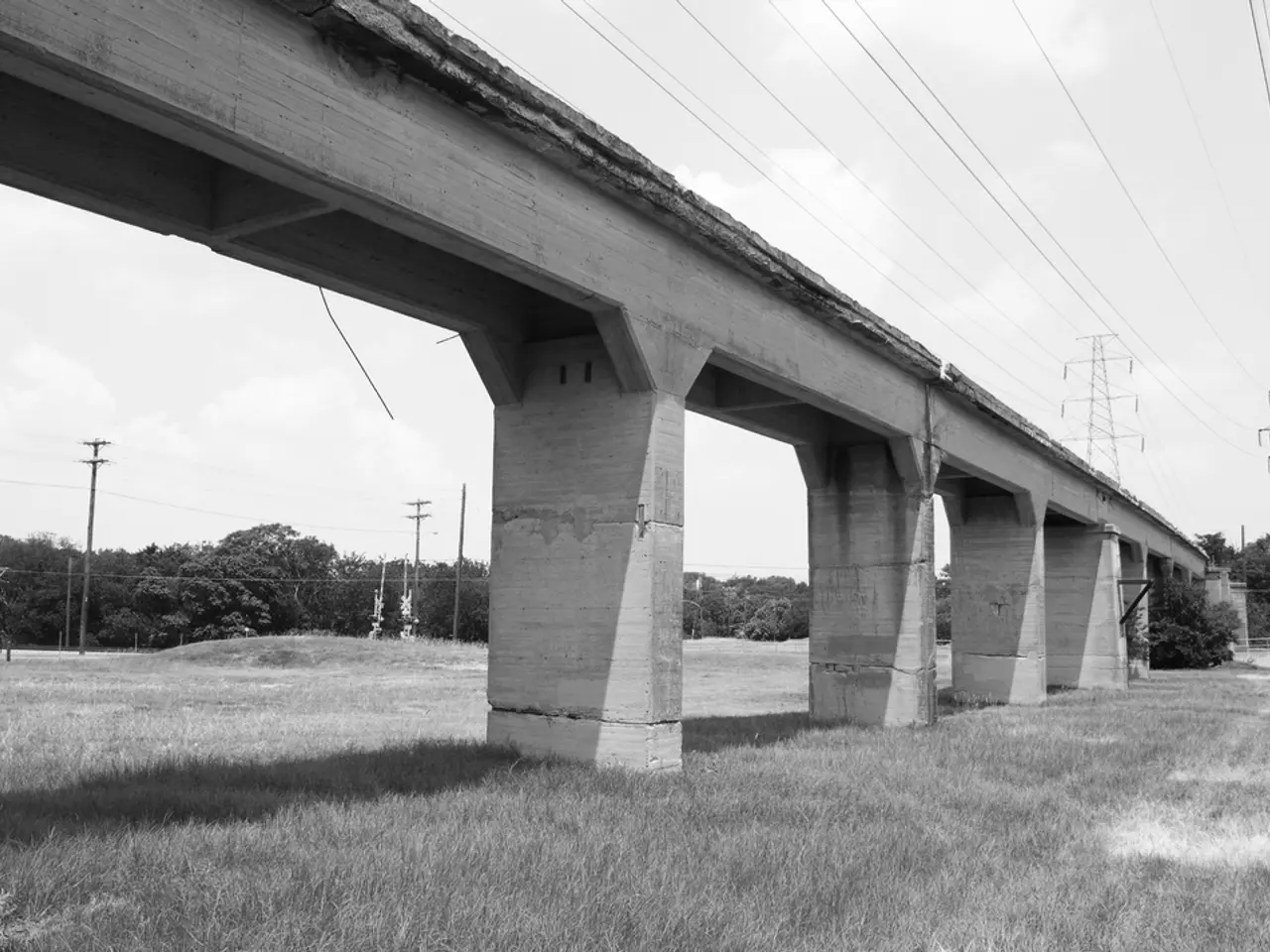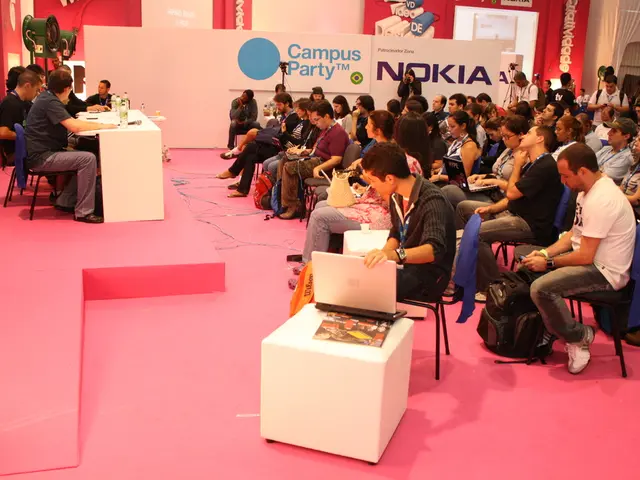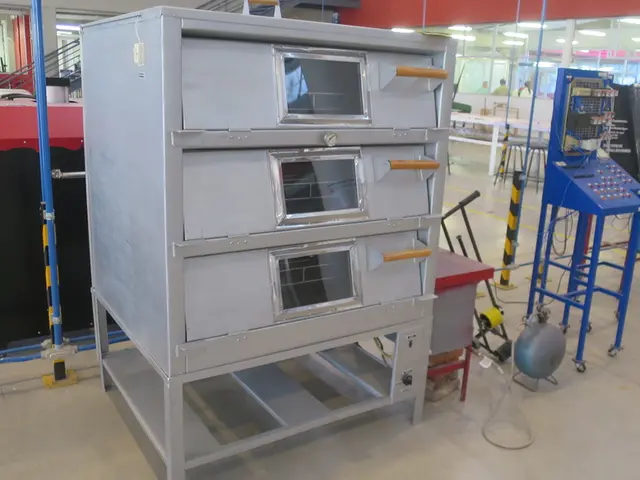MIT's 'Concrete Battery' Breakthrough Boosts Energy Storage Tenfold
MIT researchers have made a significant breakthrough in energy storage, enhancing their 'concrete battery' to store over 2 kilowatt-hours of power per cubic meter. This advancement, using organic electrolytes, could revolutionize how we power our homes and support renewable energy transitions.
The team discovered that nanocarbon black in the electron-conducting carbon concrete (ec3) forms a fractal-like web around pores. This allows electrolytes to penetrate and current to flow, increasing energy density tenfold. The new ec3 can now store enough energy to run a refrigerator for a day in just 5 cubic meters, a vast improvement from the previous 45 cubic meters.
MIT's latest advance suggests ec3 could play larger roles in energy storage. It's already been used to warm sidewalks in snowy Sapporo, Japan, demonstrating its thermal conductivity. The team envisions everyday structures, like walls, acting as massive energy storage systems. They've even built a small ec3 arch that supported weight while powering an LED, hinting at potential real-time health monitoring in buildings.
The ec3 technology, developed by researchers at MIT and the University of Cambridge, offers a promising alternative to traditional batteries. With its increased energy density and potential for integration into everyday constructions, ec3 could help tackle the challenge of scaling up energy storage for a renewable future.








